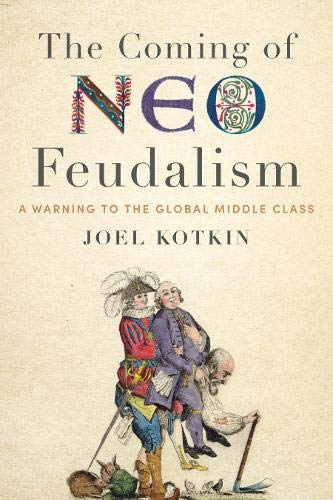The United States Census Bureau released its July 1, 2021 population and annual net domestic migration estimates for states and the District of Columbia on Tuesday, December 21. This article highlights trends from that release. read more »
Urban Issues
Muffy Van Moof's Maiden Voyage
I went to the dentist and when I returned to the bicycle rack I discovered my broken lock laying on the pavement. No bike. I looked at the security guard standing by the door, pointed, and gave him a look. He said, “Oh. That was your bike?” I gazed up at the security camera bolted to the wall above my head and realized they’re largely a form of public safety theater. read more »
- Login to post comments
Only Interior Counties, San Benito, Riverside and Monterey Grow in 2021
Preliminary county population estimates just released by the state Department of Finance show that California’s population decline is persisting and accelerating. The state lost 173,000 residents over the year ending July 1, 2021. The Department of Finance reports that there were 56,500 Covid related deaths over the same period, which would account for about one-third of the population loss. Net domestic migration dropped to the lowest rate in a decade, down 277,000 --- more than the population of Marin County. read more »
The New Dark Ages
If ignorance is bliss, the Western world should be ecstatic. Even as colleges churn out degrees and collect fees, and technology makes information instantly accessible, the basic level of literacy, as measured by such things as reading books and acquainting oneself with the past, is in a precipitous decline. Rather than building a vital world with our technological culture, we are repeating the memes of feudal times, driven by illiteracy, bias and a rejection of the West’s past. read more »
- Login to post comments
Our Neo-Feudal Future
America has only a limited feudal past, the plantation aristocracy of the antebellum South and the enormous class chasms of the Gilded Age being pretty much our only examples. Yet today—after decades of social mobility, a digital revolution that was supposed to empower individuals everywhere, and the construction of a vigorous anti-discrimination apparatus that putatively ensures equal rights and status—a rigid new social order with feudal elements has come into view. read more »
- Login to post comments
Mexico City 2020: The Evolving Urban Form
The Mexico City metropolitan area (Zona Metropolitana del Valle de México) continues to grow, though has slowed somewhat from the previous decade. The metropolitan area is the functional or economic city. read more »
- Login to post comments
Do Sidewalks Make Us More Social?
Sidewalks have long been considered to be essential parts of America’s social and communal infrastructure. As Jane Jacobs recognized many decades ago, sidewalks are “the main public places of the city’’ and ‘‘its most vital organs.’’ For Jacobs and subsequent scholars of urbanity, sidewalks are active sites of socialization and allowing for open interactions and accidental encounters; they also serve as conduits to easily connect people to their communities as well as create spaces of contention and conflict. read more »
Own Nothing and Love It
From the ancient world to modern times, the class of small property owners have constituted the sine qua non of democratic self-government. But today this class is under attack by what Aristotle described as an oligarchia, an unelected power elite that controls the political economy for its own purposes. read more »
- Login to post comments
Demographia United States Housing Affordability: 188 Markets Rated
The Urban Reform Institute has published the 2021 edition of Demographia United States Housing Affordability, which rates middle-income housing affordability in the third quarter 2020. read more »
The Socialism America Needs
Clobbered from all sides by the pandemic, climate change and disruptions in virtually every industry by the rise of artificial intelligence, the capitalist dream is dying — and a new, mutant form of socialism is growing in its place. read more »
- Login to post comments






















